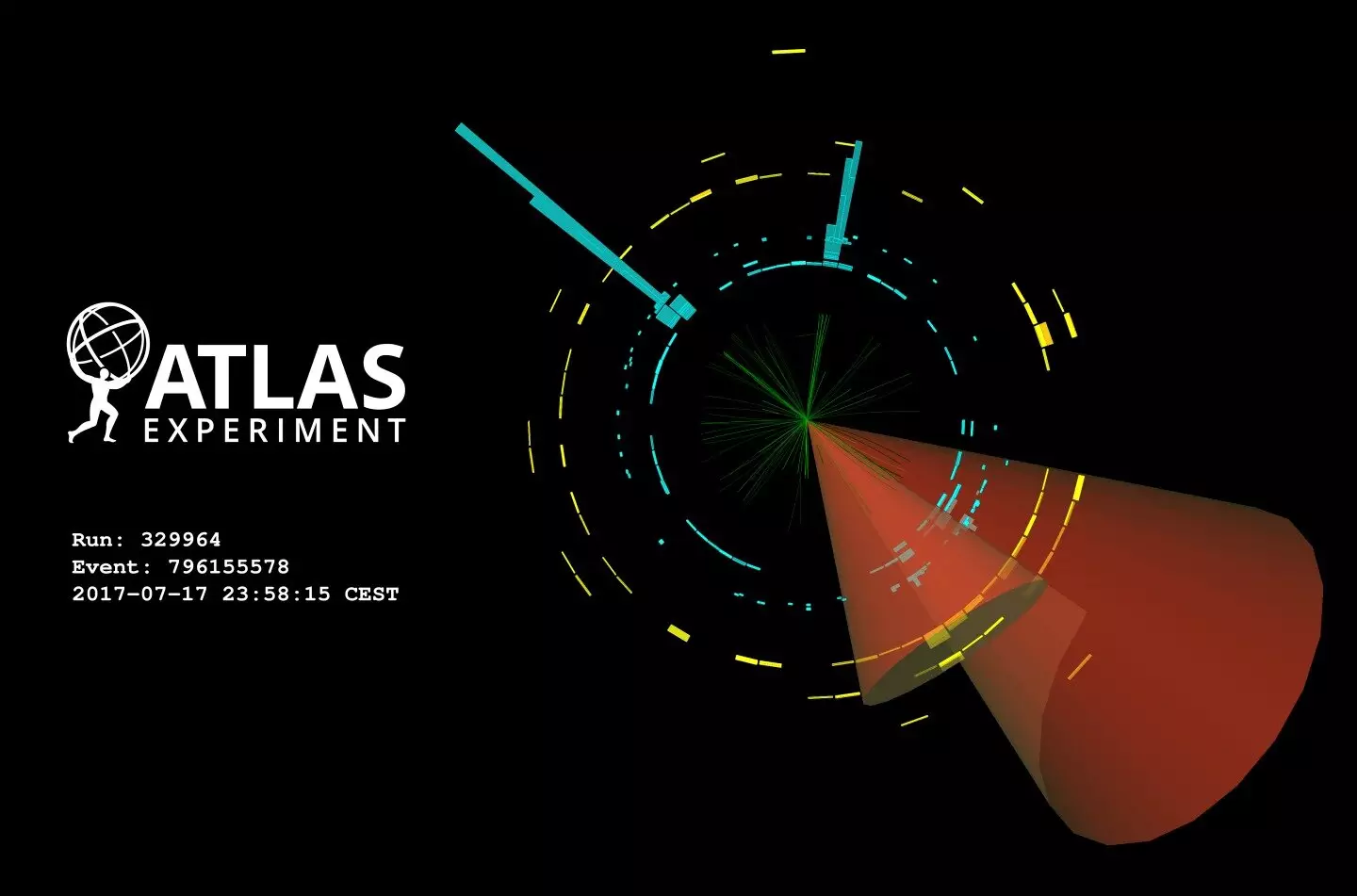Searching for di-Higgs production presents a daunting challenge for physicists. While the discovery of a single Higgs boson was a monumental task in itself, the prospect of finding two at the same place and time is exponentially more complex. This rare process, known as di-Higgs production, offers valuable insights into the self-interaction of the Higgs boson. Understanding this self-coupling is crucial for unraveling the mysteries of the Standard Model and the fundamental forces that govern our universe.
The sheer rarity of di-Higgs production makes it akin to finding a needle in a haystack. Despite the abundance of collisions at the Large Hadron Collider, only a few thousand di-Higgs events are expected to have occurred during Run 2. To overcome this challenge, physicists employ a strategy of searching for di-Higgs production in multiple decay modes. By studying and combining different decay channels, researchers can enhance their chances of detecting and studying di-Higgs events.
The ATLAS collaboration recently unveiled their most sensitive search for di-Higgs production and self-coupling to date. By consolidating the findings of five individual studies conducted during LHC Run 2, researchers have created a comprehensive analysis that encompasses over half of all potential di-Higgs events. This groundbreaking study, now available on the arXiv preprint server, represents a significant leap forward in the quest to understand the nature of di-Higgs production.
Each decay mode of di-Higgs production presents its own set of challenges. For example, the decay into four bottom quarks, while the most common, is susceptible to significant background contamination from Standard Model processes. On the other hand, decays involving two bottom quarks and two tau leptons face the complexity of reconstructing neutrino escape events. Despite these obstacles, the combination of results from various decay modes has allowed researchers to exclude values exceeding 2.9 times the Standard Model prediction for di-Higgs production probability.
In addition to shedding light on the probability of di-Higgs production, the combined study has provided valuable insights into the self-coupling of Higgs bosons. Researchers were able to constrain the strength of the Higgs self-coupling constant, confirming its consistency with Standard Model predictions. Moreover, interactions between two Higgs bosons and two vector bosons aligned with theoretical expectations, marking a significant milestone in the exploration of di-Higgs production.
With the success of their latest study, ATLAS researchers are now focusing their efforts on upcoming data from LHC Run 3 and the High-Luminosity LHC operation. By leveraging new datasets, physicists hope to finally observe the elusive Higgs-boson-pair production. The ongoing pursuit of di-Higgs production promises to unlock deeper insights into the fundamental mechanisms that underpin our universe.


Leave a Reply